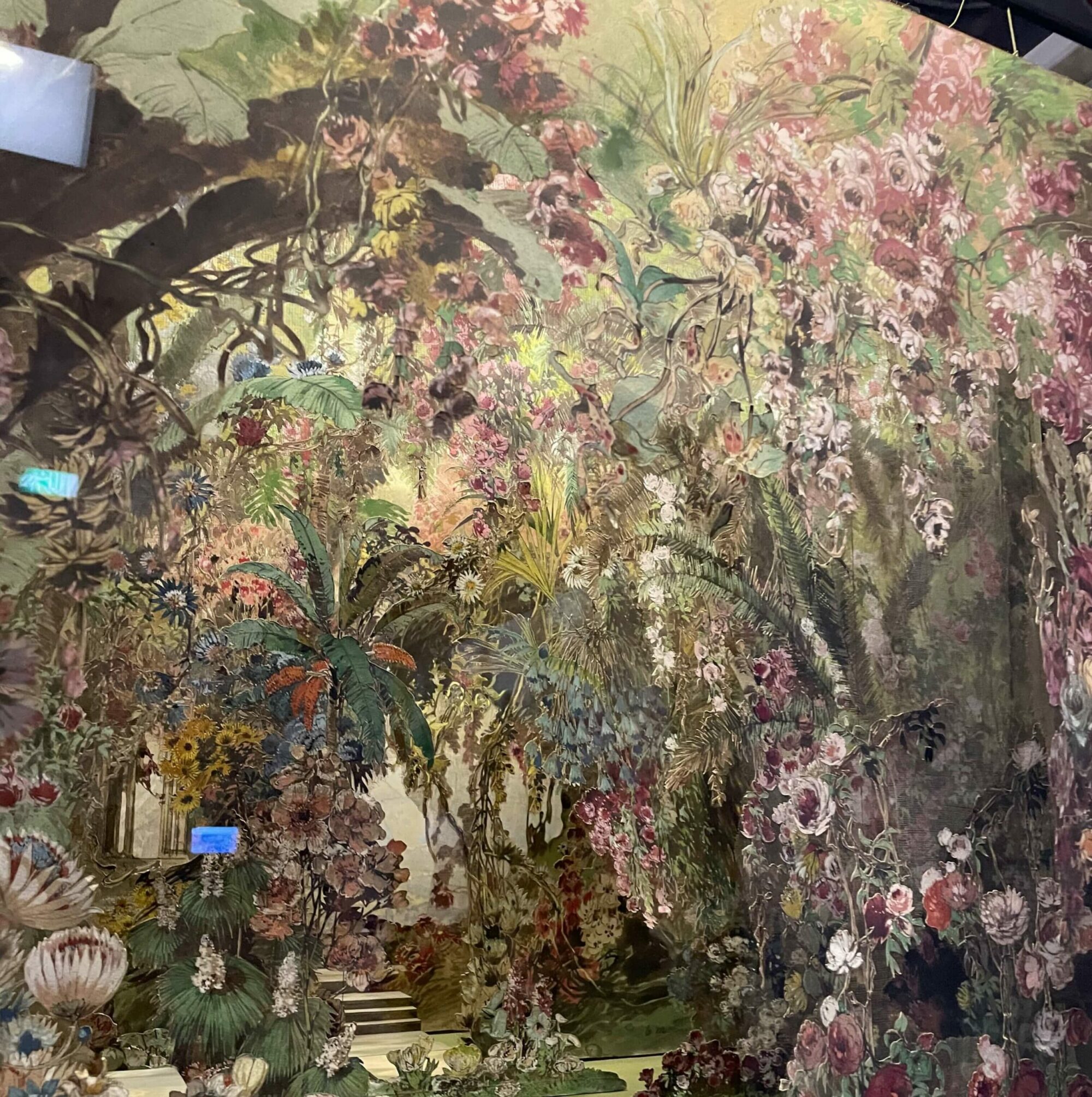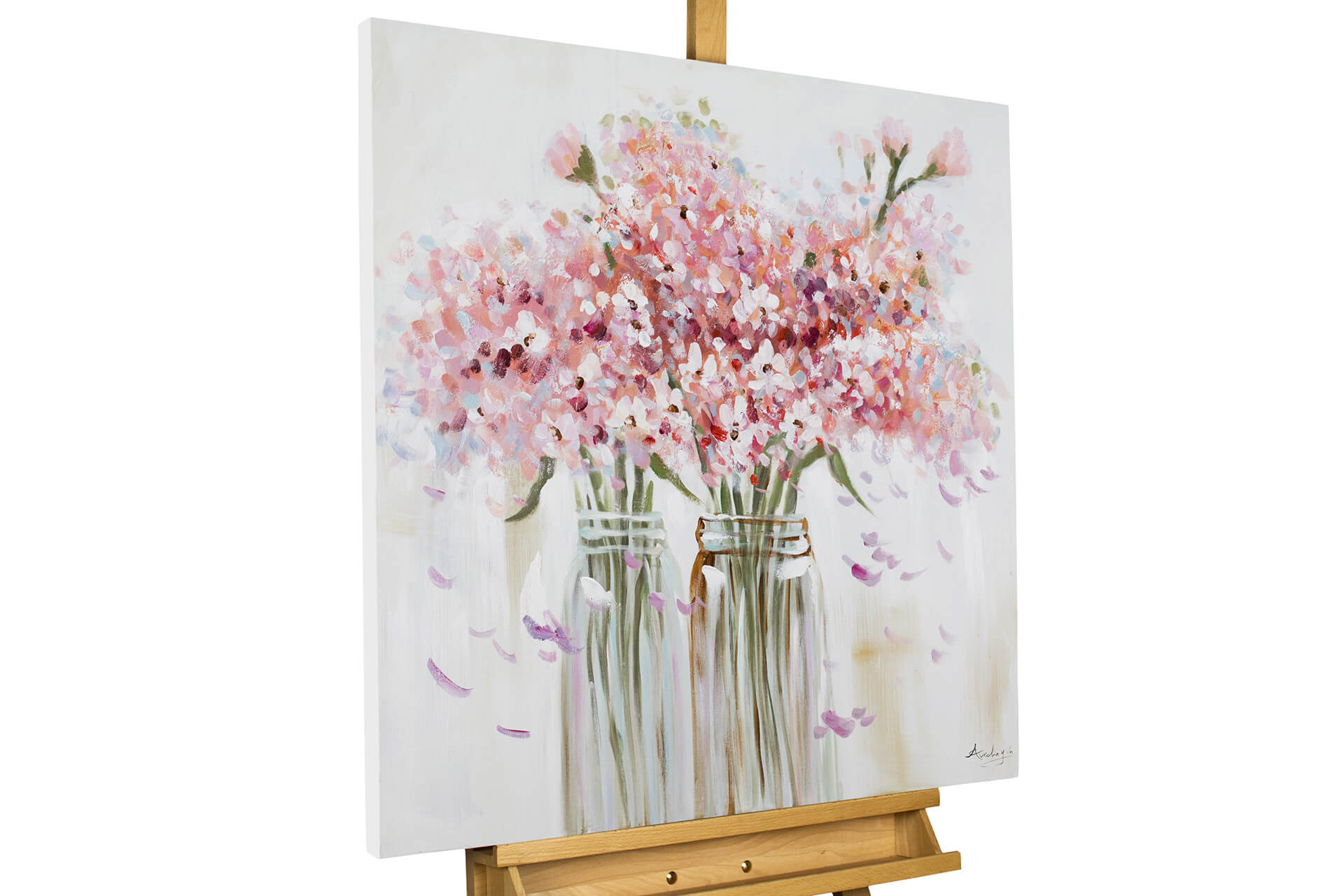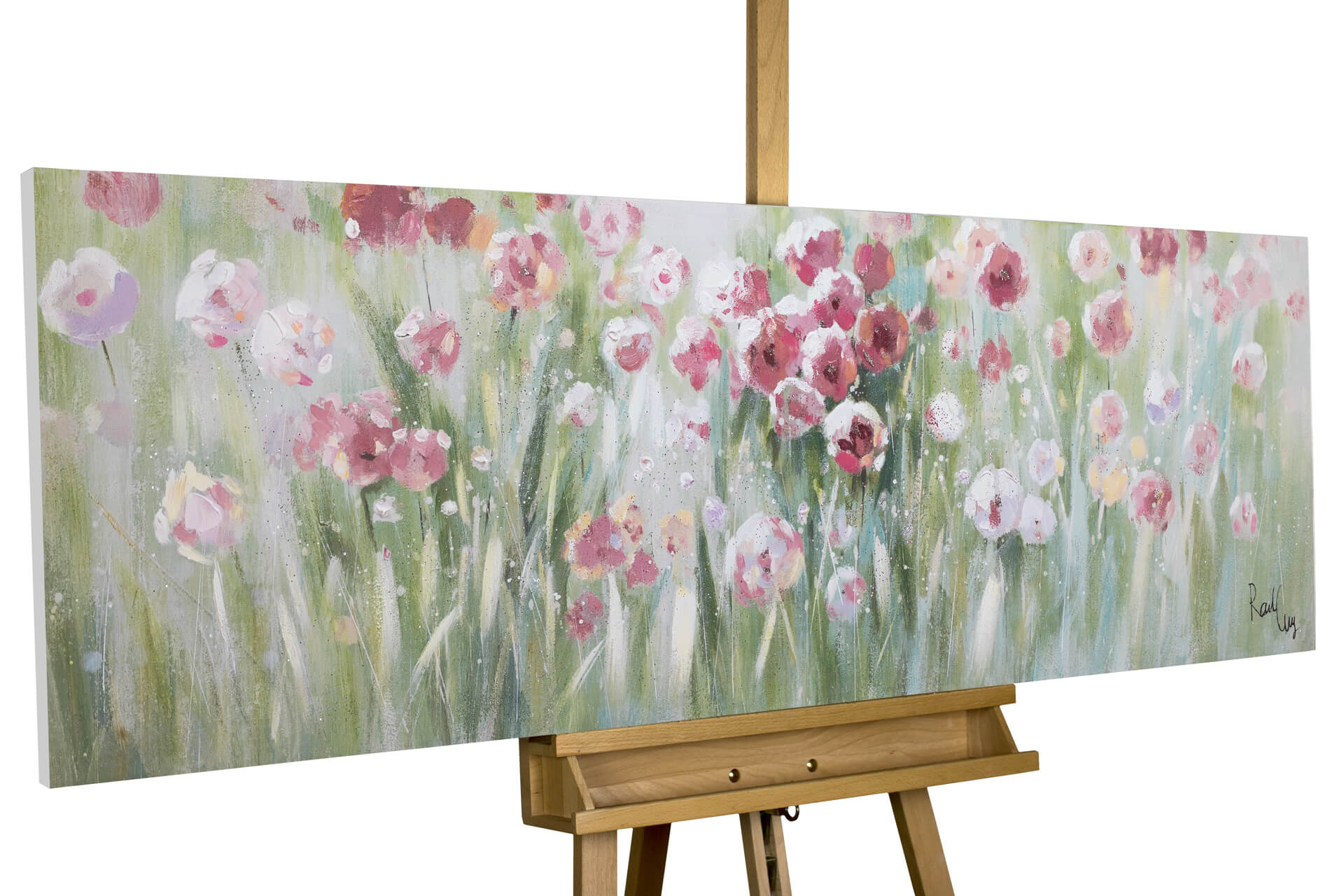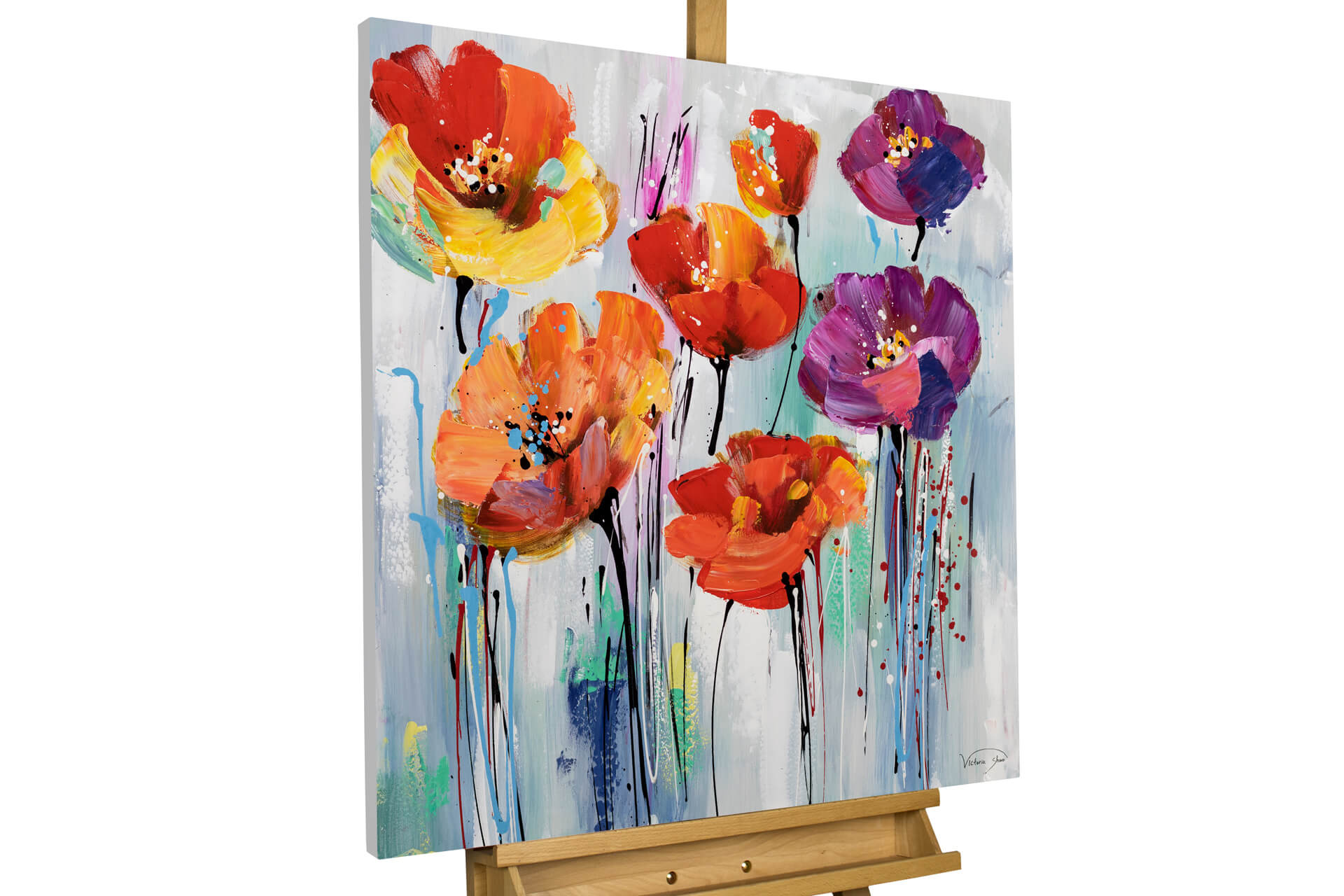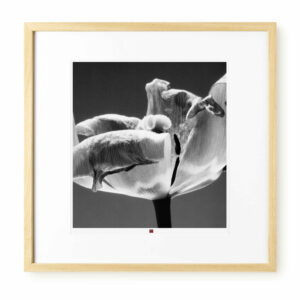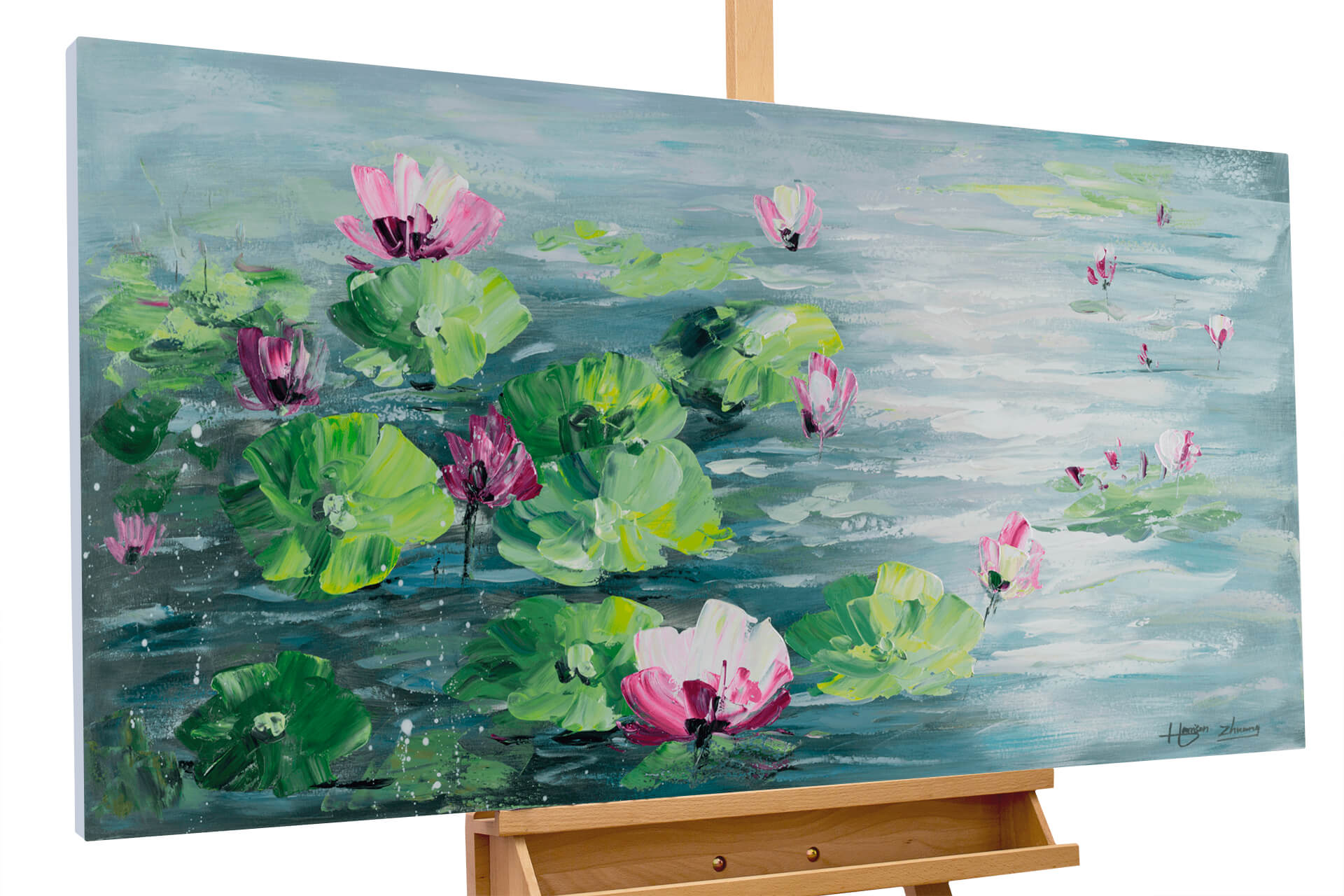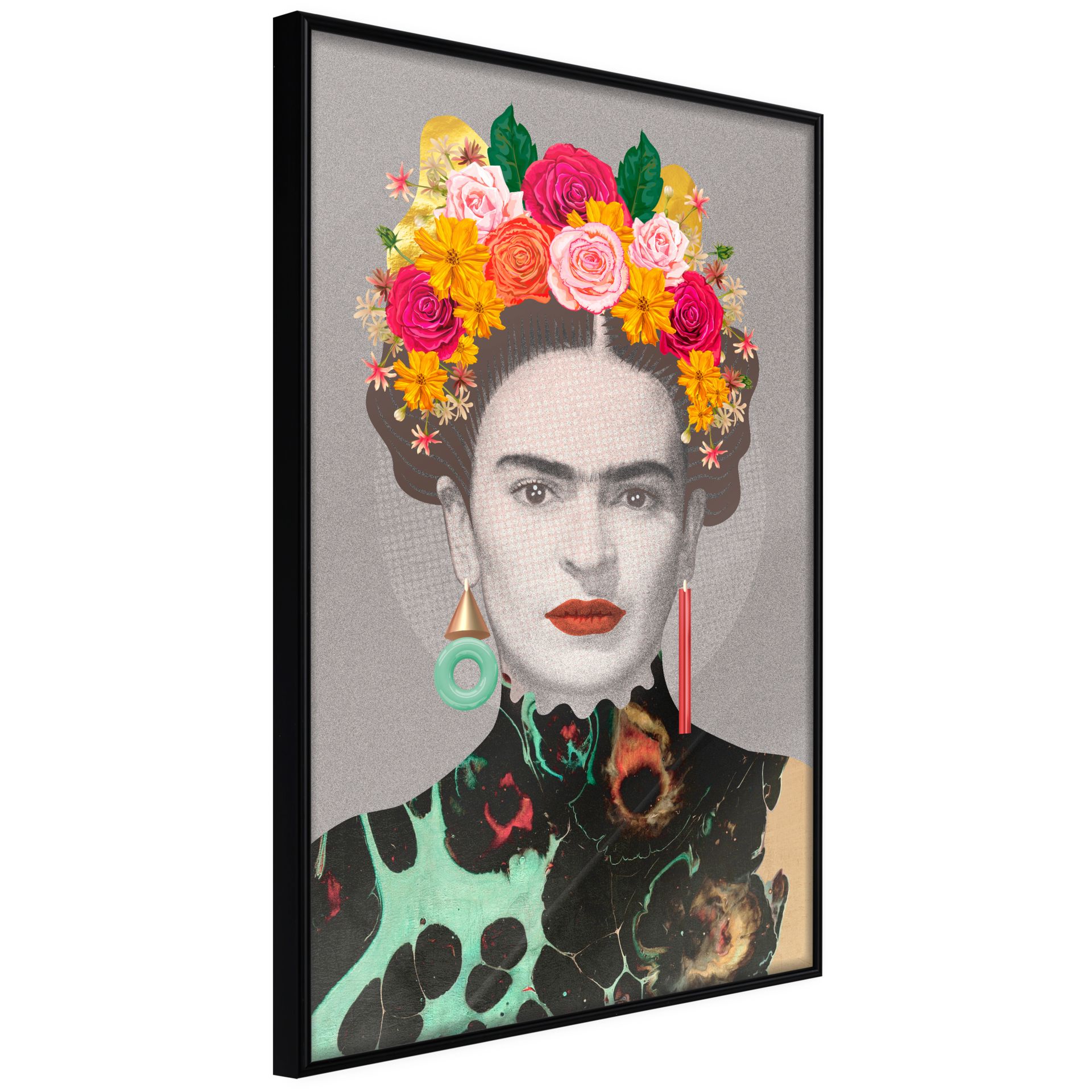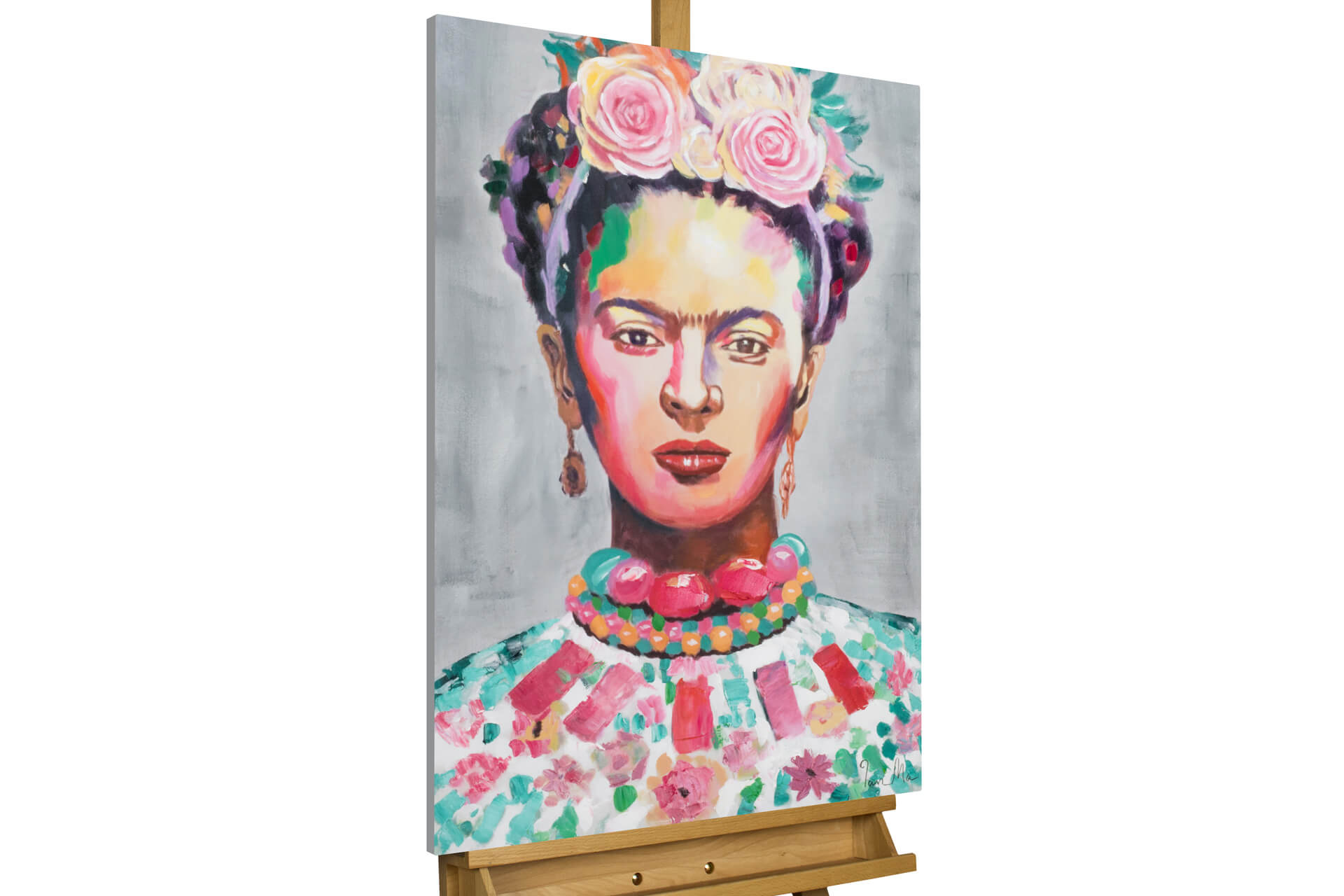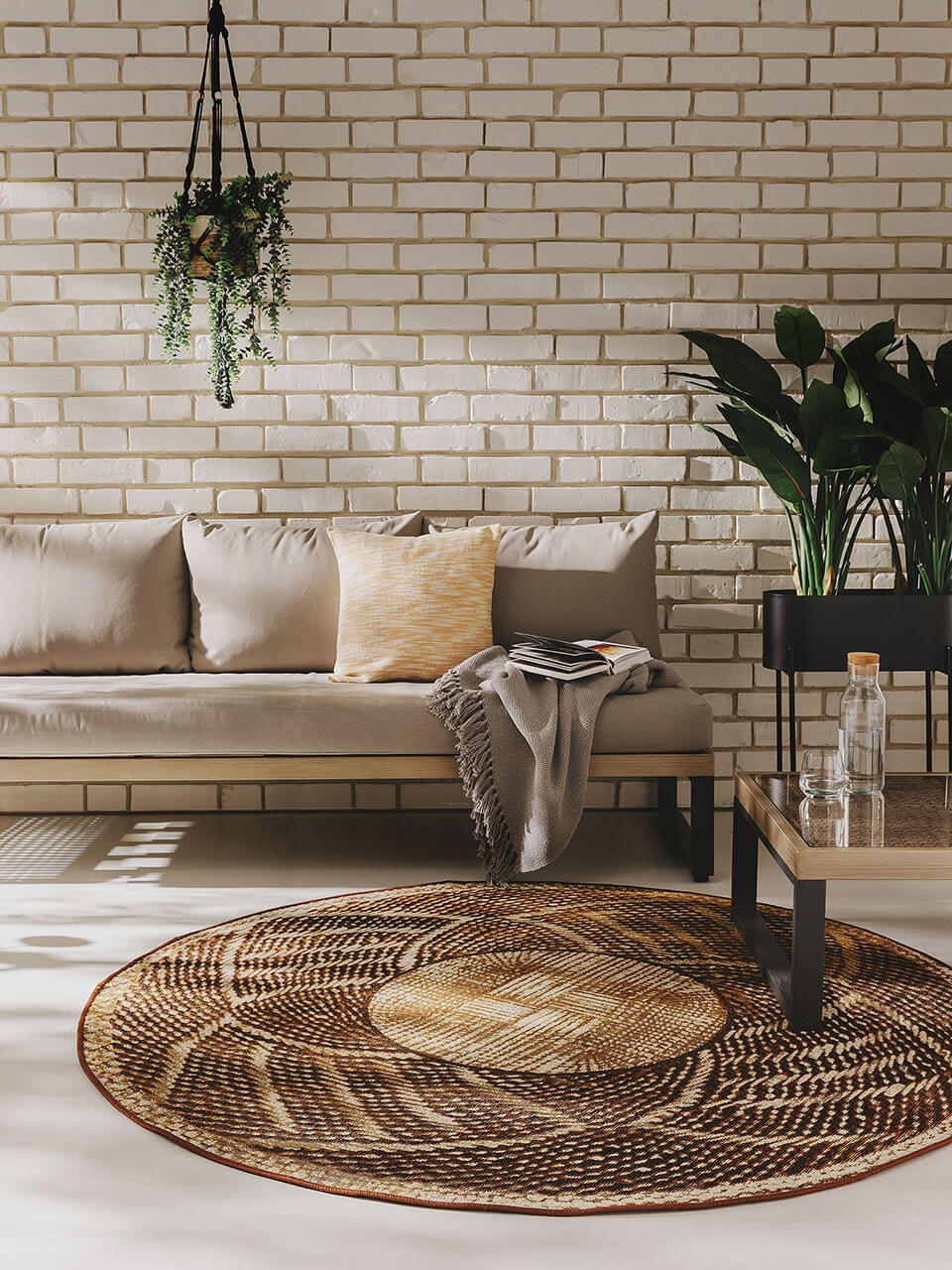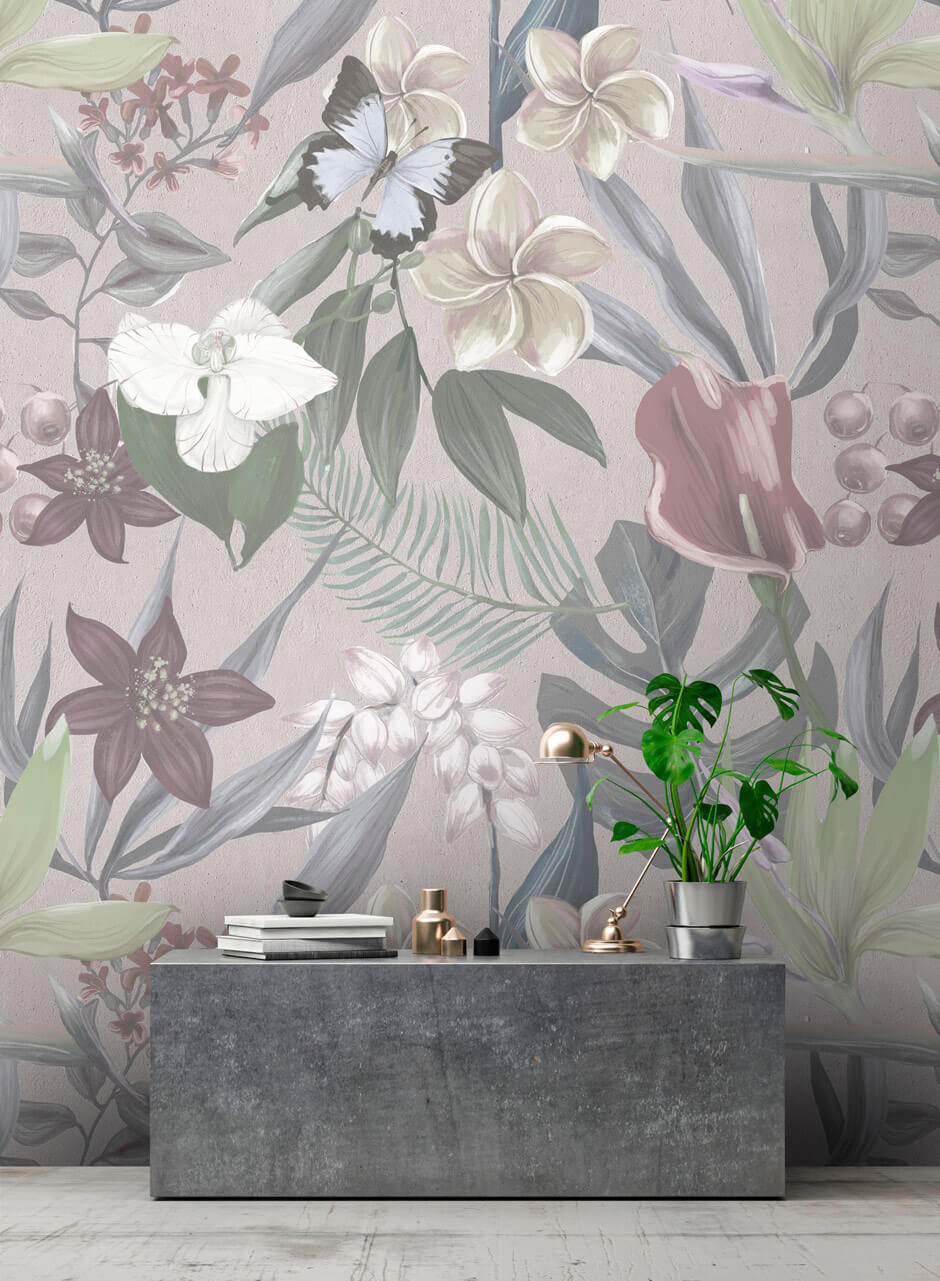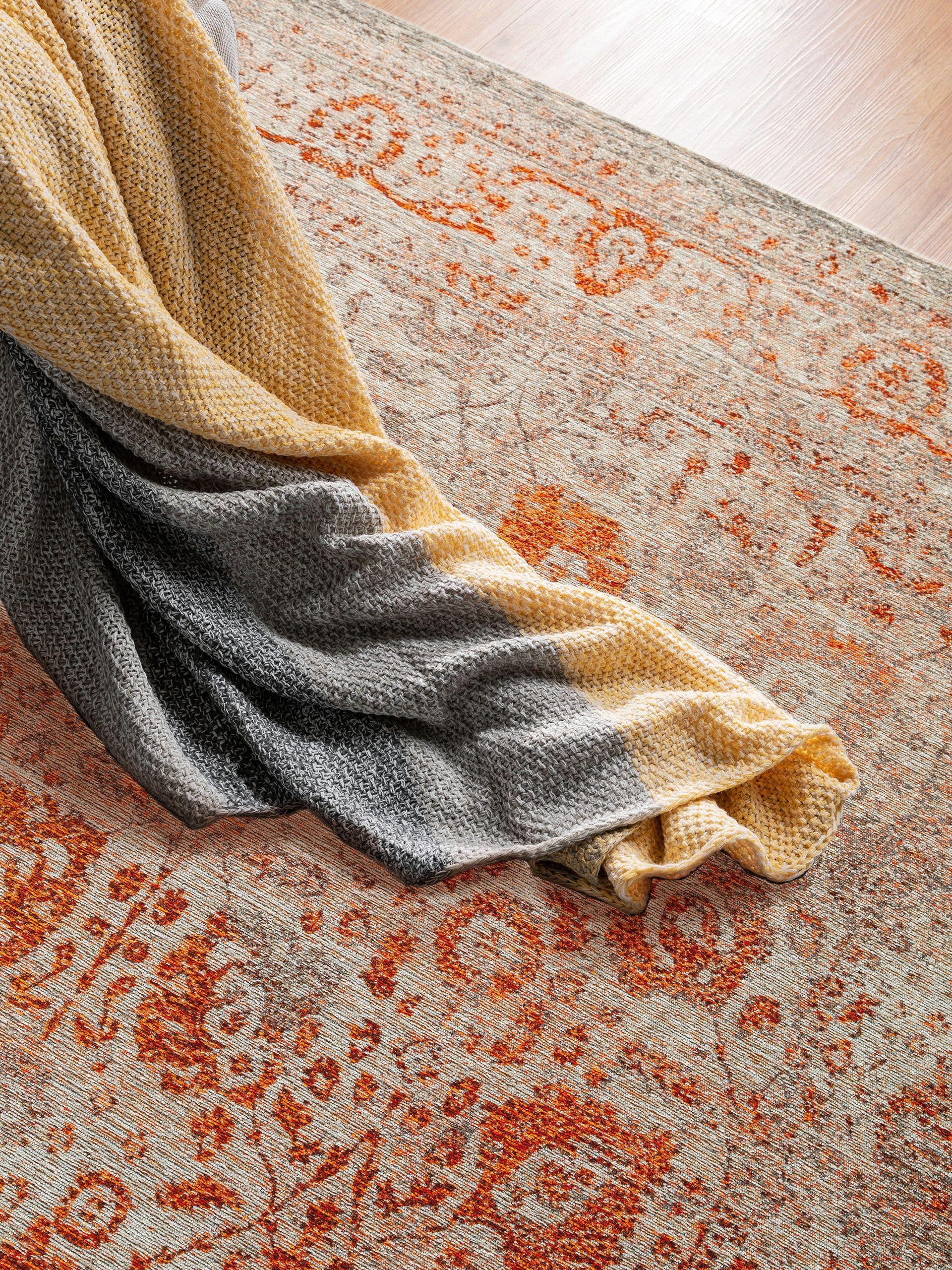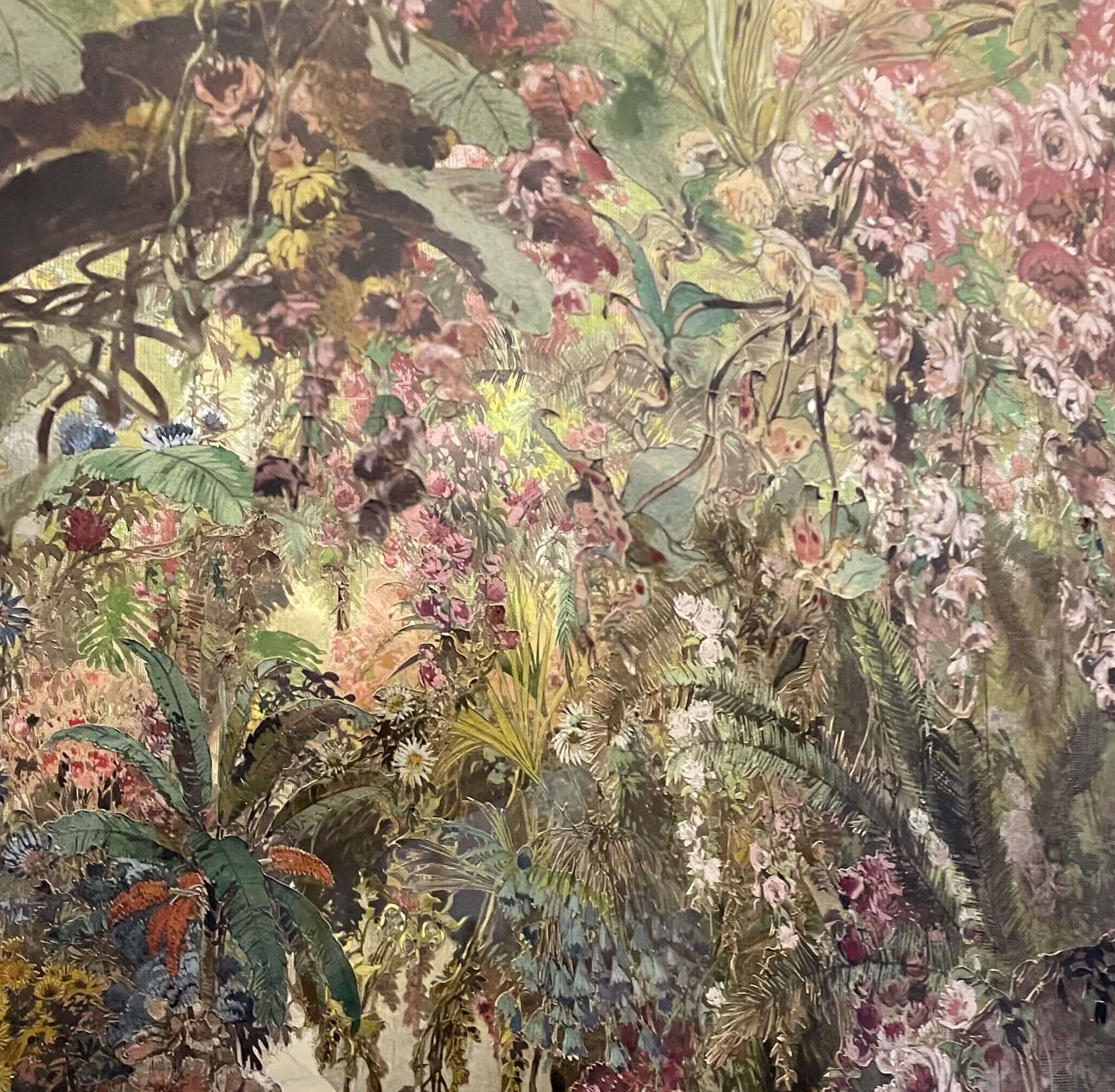
Flowers in Art - Everlasting Beauties
Art and flowers are closely related: Both aim to evoke emotion and capture the essence of beauty. Whether paintings of flowers, photographs of flowers, or sculptures of flowers, the delicate balance between light and shadow, the intricate details of petals, and the vibrant colors of flowers make them a perfect subject for artistic expression. From ancient civilizations to modern times, flowers have played a significant role in shaping the artistic landscape.
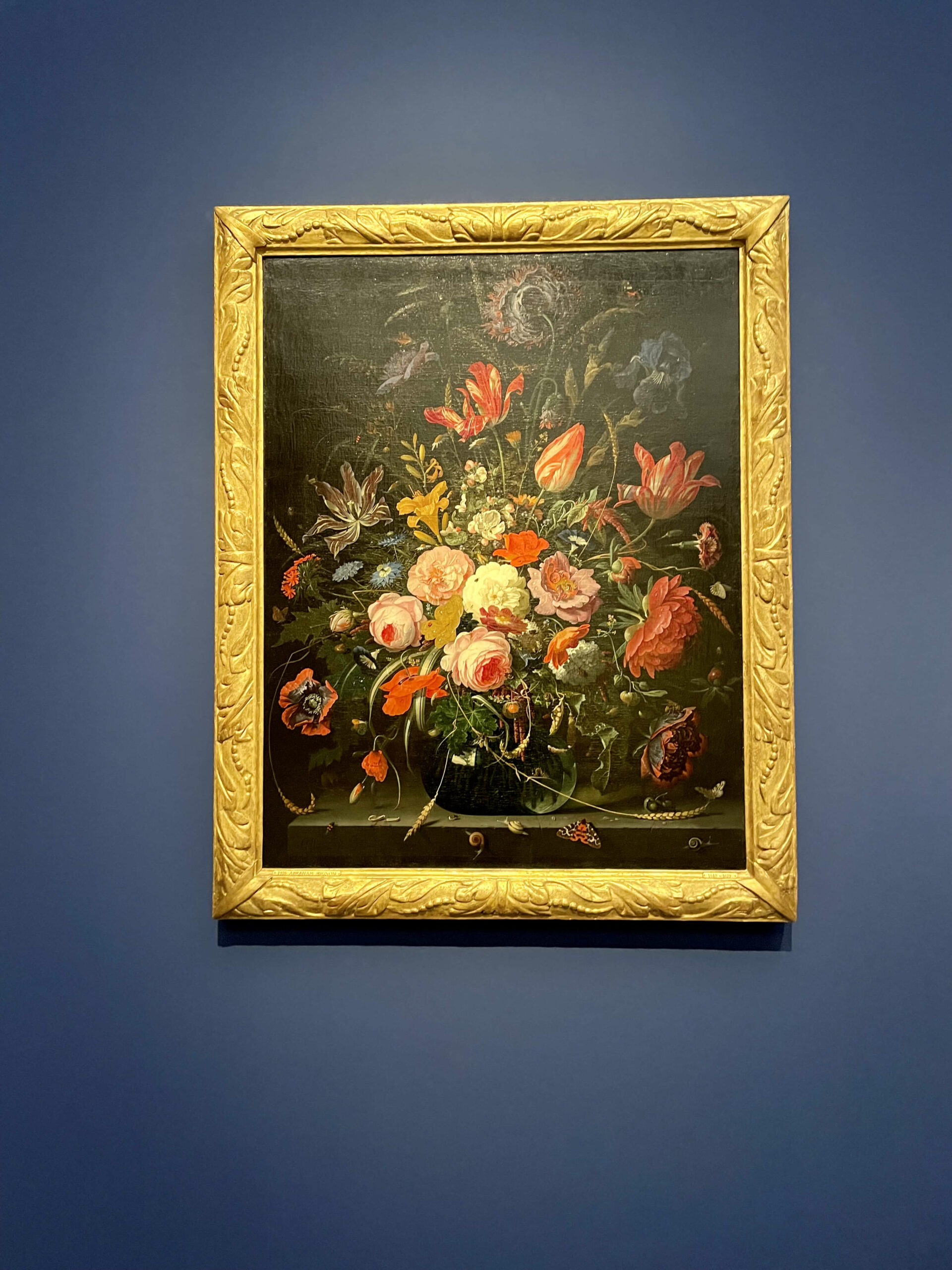
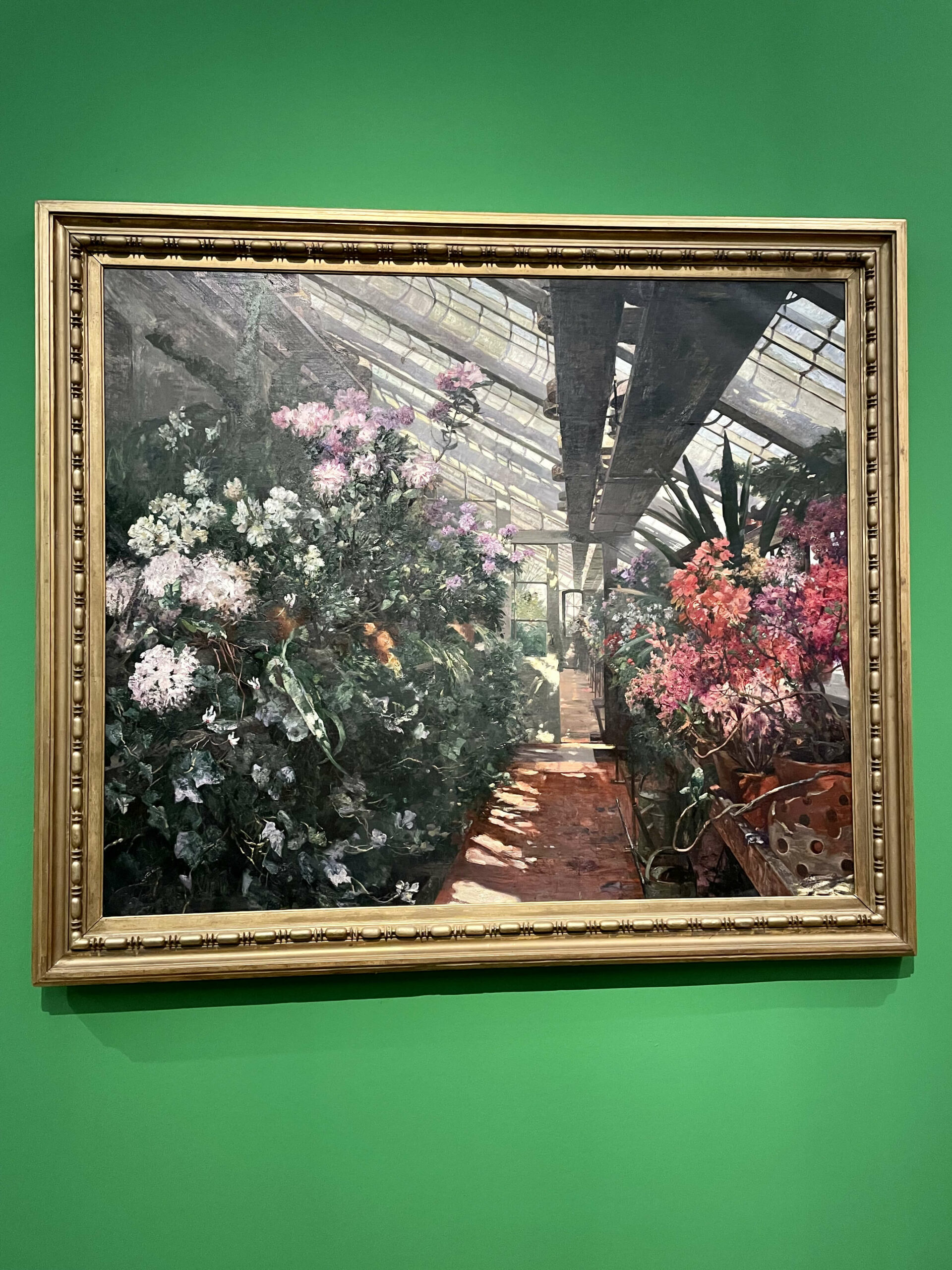
The Importance of Flowers in Art History
Ancient civilizations and floral motifs
Flower motifs can be traced back to ancient civilizations, where they were used in architecture, on pottery and textiles. In Egypt, lotus flowers symbolized rebirth and the cycle of life, while roses were associated with beauty and love in ancient Greece. Complex floral patterns in Islamic art reflected the elegance and complexity of nature.
The Renaissance and the symbolism of flowers
During the Renaissance, flowers acquired symbolic significance in art. Artists such as Botticelli and Leonardo da Vinci incorporated flowers into their paintings to convey messages and allegories. The rose, for example, symbolized love, while the lily represented the purity of the Virgin Mary.
Impressionism and capturing the essence of flowers
In the 19th century, Impressionist painters sought to capture the fleeting qualities of light and atmosphere. Artists such as Claude Monet and Pierre-Auguste Renoir depicted flowers with loose brushstrokes and bright colors to convey the sensual experience of visiting a garden. Their works celebrated the beauty of nature and its transience.
Modern and contemporary art
In the modern and contemporary art world, artists have explored floral art in a variety of ways. Some, like Georgia O’Keeffe, focused on close-ups of flowers, emphasizing their sensuality and abstract qualities. Others, like Frida Kahlo, used flowers symbolically in self-portraits and explored themes of identity and femininity.
The Flower as an Art Object
Painting and flower still life
Painting has always been a popular medium for depicting the beauty of flowers. Artists meticulously capture the delicate details of petals, the play of light, and the composition of floral arrangements in paintings of flowers. From traditional 17th-century Dutch still lifes to contemporary interpretations, floral still life remains a popular genre in the art world.
Sculpture and floral forms
Sculptors are also inspired by the graceful shapes and forms of flowers. They use different materials such as marble, bronze or glass to create flower sculptures that convey the fragility and elegance of nature. The sculptures can be found in gardens as well as galleries, inviting the viewer to encounter art.
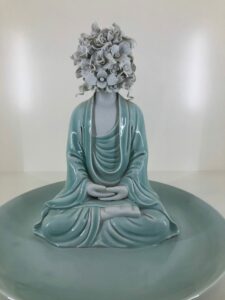
Photography and capturing fine details
Photography allows artists to capture the intricate details of flowers with amazing clarity. Macro photography, in particular, reveals the hidden world of petals, stamens, and structures, offering the viewer a deep insight into the remarkable intricacies of flower anatomy. The photographers experiment with lighting, angles of view.
Famous Artists and their Masterful Flower Paintings
Vincent van Gogh’s Sunflowers
Vincent van Gogh’s iconic series of sunflower paintings shows how masterfully he captured the radiant beauty of these beloved flowers. With bold brushstrokes and vibrant colors, van Gogh immortalized the sunflower, making it a symbol of hope and vitality.
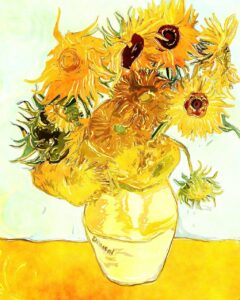
The close-ups of Georgia O’Keeffe
Known for her larger-than-life close-ups of flowers, Georgia O’Keeffe explored the sensual and abstract qualities of flowers. Her enlarged depictions of orchids, irises, and poppies celebrate the power and beauty of nature and invite viewers to appreciate the intricate details that are often overlooked.
The Water Lilies by Claude Monet
Claude Monet’s series of water lily paintings captures the tranquility and ethereal quality of these water flowers. With his masterful use of color and light, Monet created atmospheric landscapes that transport the viewer to the peacefulness of a water garden, giving them a sense of peace and contemplation.
Frida Kahlo’s symbolic self-portraits with flowers
Frida Kahlo used flowers, particularly Mexican marigolds, in her self-portraits as symbols of life, death, and cultural identity. Through her powerful and introspective art, Kahlo expressed her emotions, struggles, and resilience, and flowers played an important role in her visual narrative.
Flowers as a Source of Inspiration for Fashion and Design
Floral patterns in textiles and wallpapers
Floral patterns have long been popular in fashion and interior design. From delicate floral prints on fabrics to bold floral wallpapers, these patterns bring a sense of nature and beauty to our everyday lives. Depending on the style and color palette, they can create a romantic, playful or vibrant ambiance.
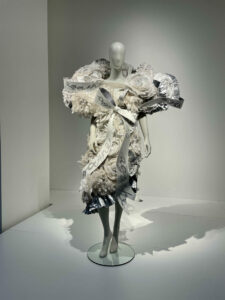
Floral motifs in Jewelry, Accessories and Fashion
Flowers have also conquered the world of jewelry and accessories. Floral motifs can be found in delicate, flower-shaped pendants, earrings and bracelets that add a touch of femininity and elegance to the wearer’s outfit. Accessories like floral hair ornaments or brooches celebrate the beauty of flowers as wearable art.
Architecture and Furnishings inspired by flowers
Architects and interior designers draw inspiration from flowers to create visually stunning structures and spaces. From the iconic lotus temple in India to the organic shapes of furniture and lighting reminiscent of petals, floral-inspired design elements add a sense of harmony and natural beauty to spaces.
Preservation of the Beauty of Flowers through Conservation Techniques
Drying and Pressing of flowers
Preserving flowers allows artists to preserve their beauty long after they have faded. Drying and pressing techniques are often used to preserve the delicate shapes and colors of flowers. The dried flowers can then be used for a variety of artistic purposes, such as creating botanical artwork or decorating handmade cards.
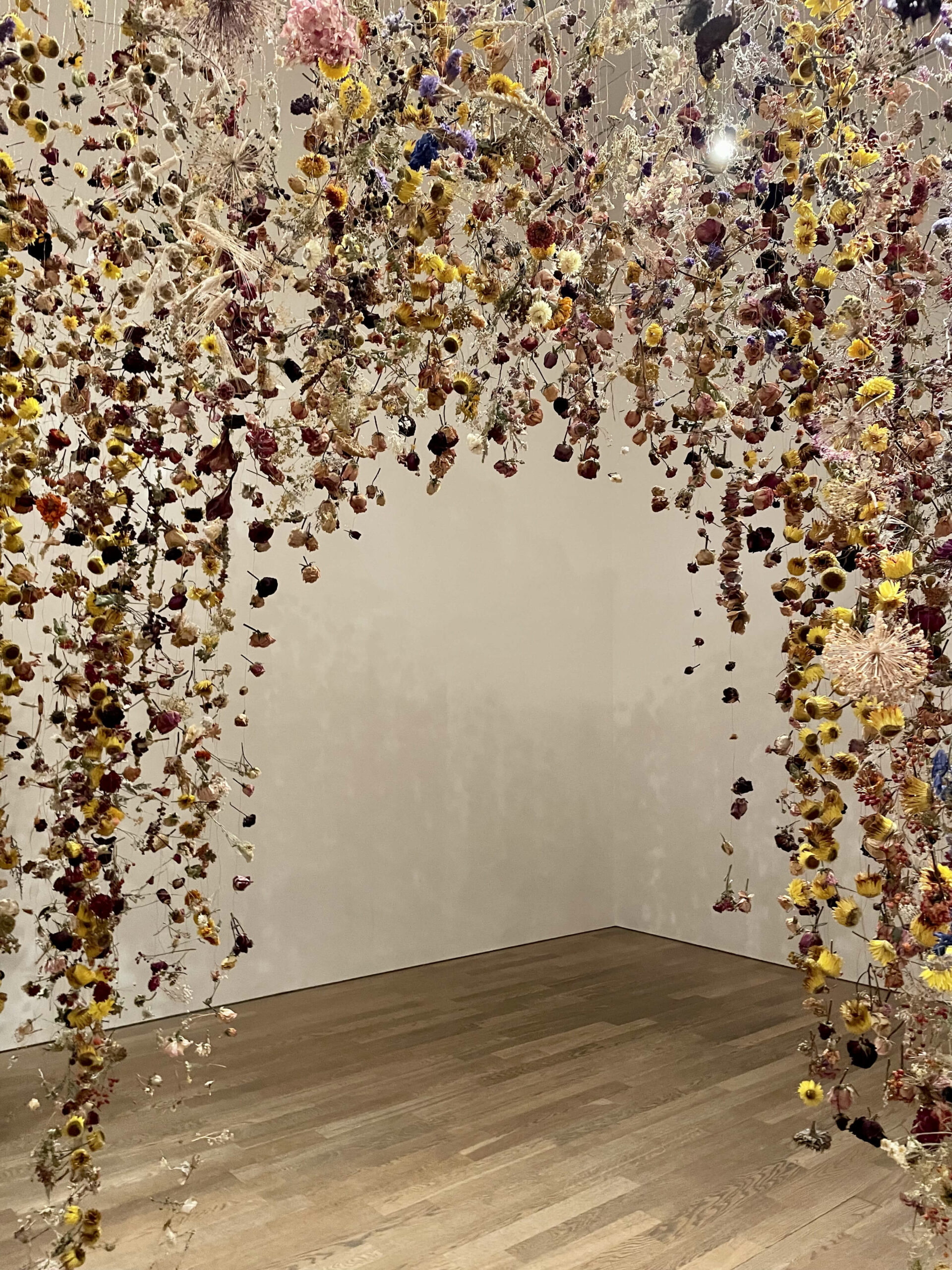
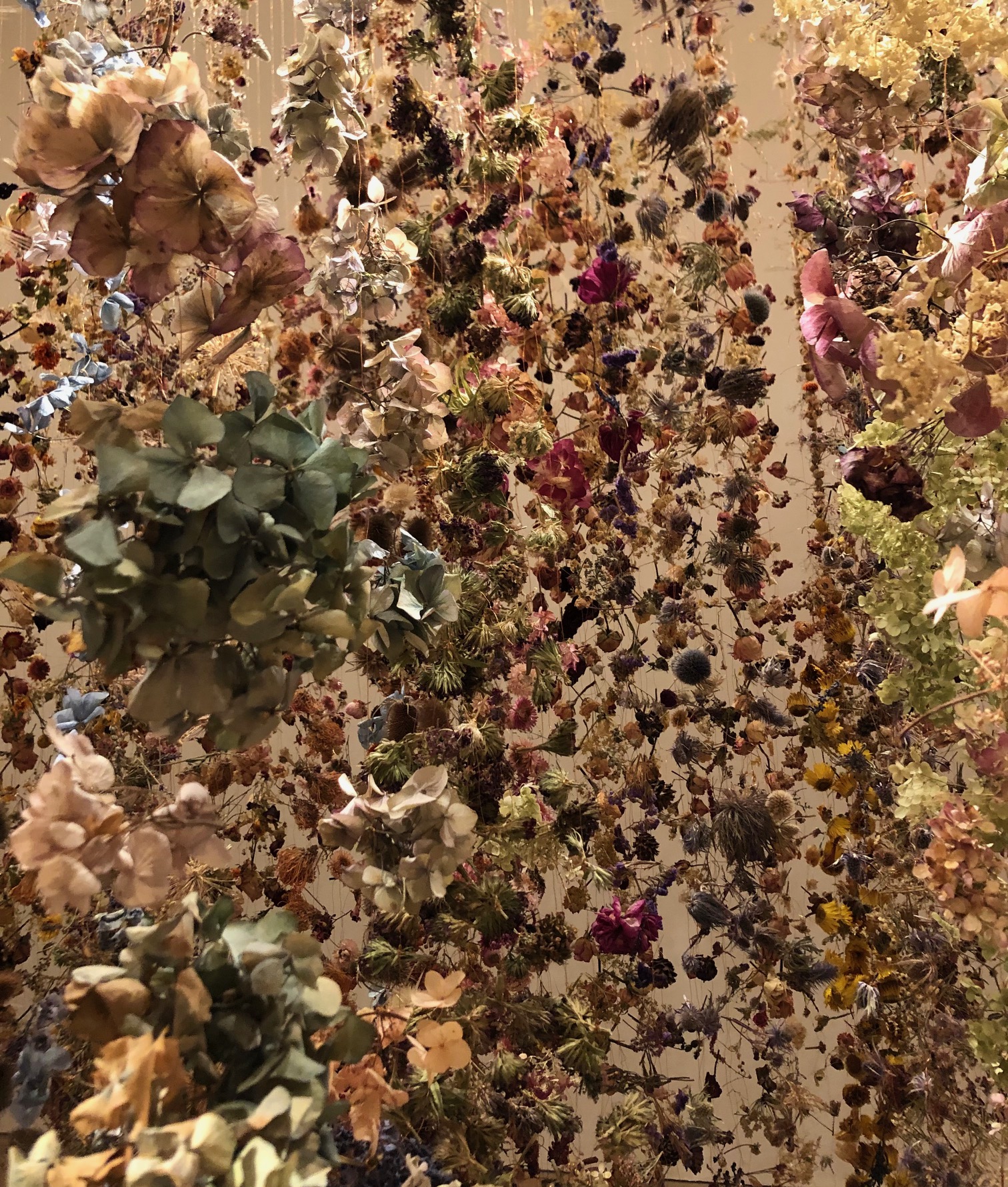
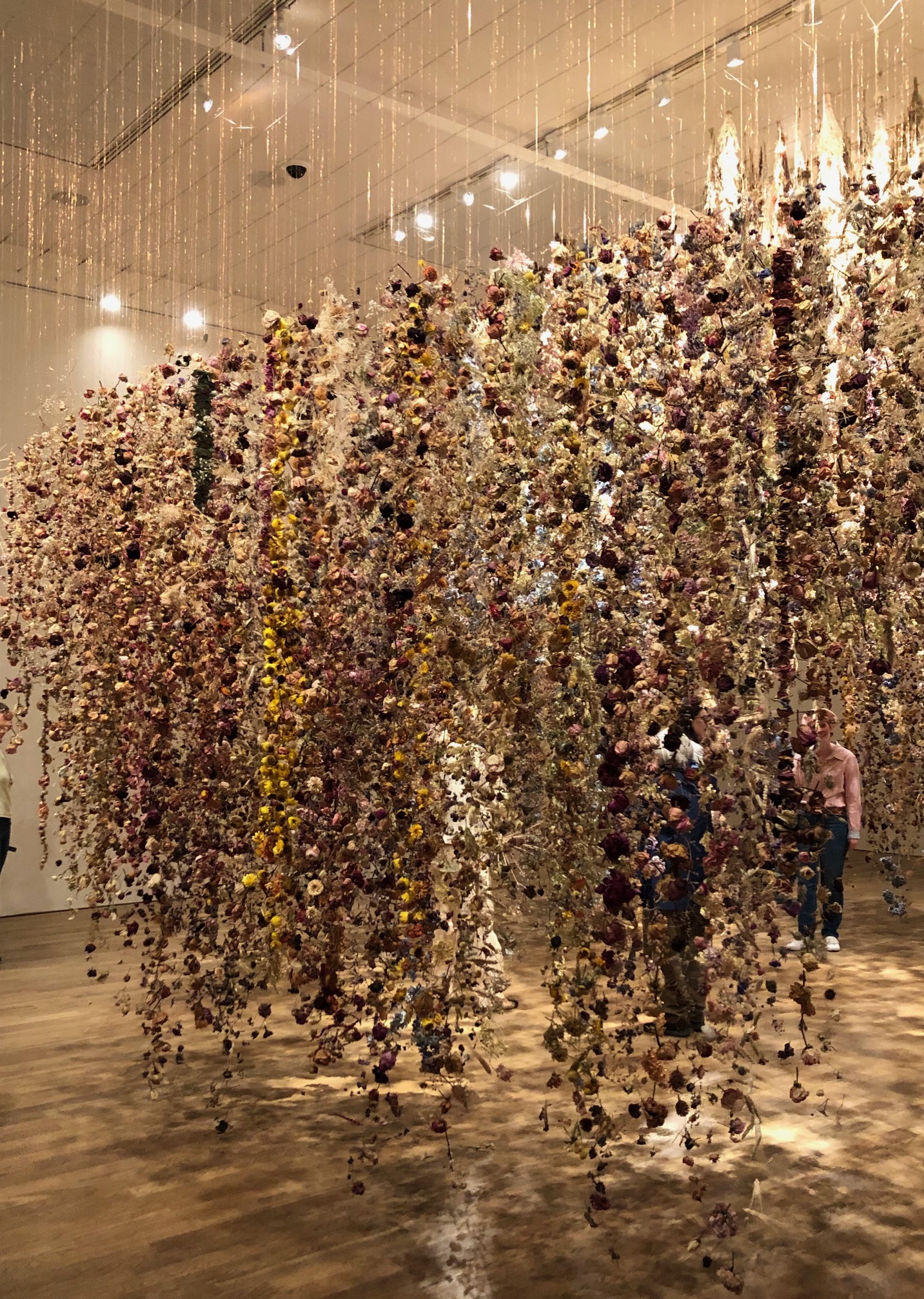
Other methods of preserving flowers
In addition to traditional drying and pressing, artists and craftsmen have developed innovative conservation methods. Techniques such as resin casting, freeze drying and flower pressing allow the creation of three-dimensional works of art, jewelry and decorative pieces that preserve the natural beauty of flowers.
The Eternal Attraction of Floral Art
Flowers have fascinated artists and viewers throughout history, their beauty forever captured in timeless works of art. From ancient civilizations to contemporary artists, floral art has been a source of inspiration, offering glimpses into the delicate and ephemeral nature of life.
Image credits: © KunstLoft; © Prawny – Pixabay

